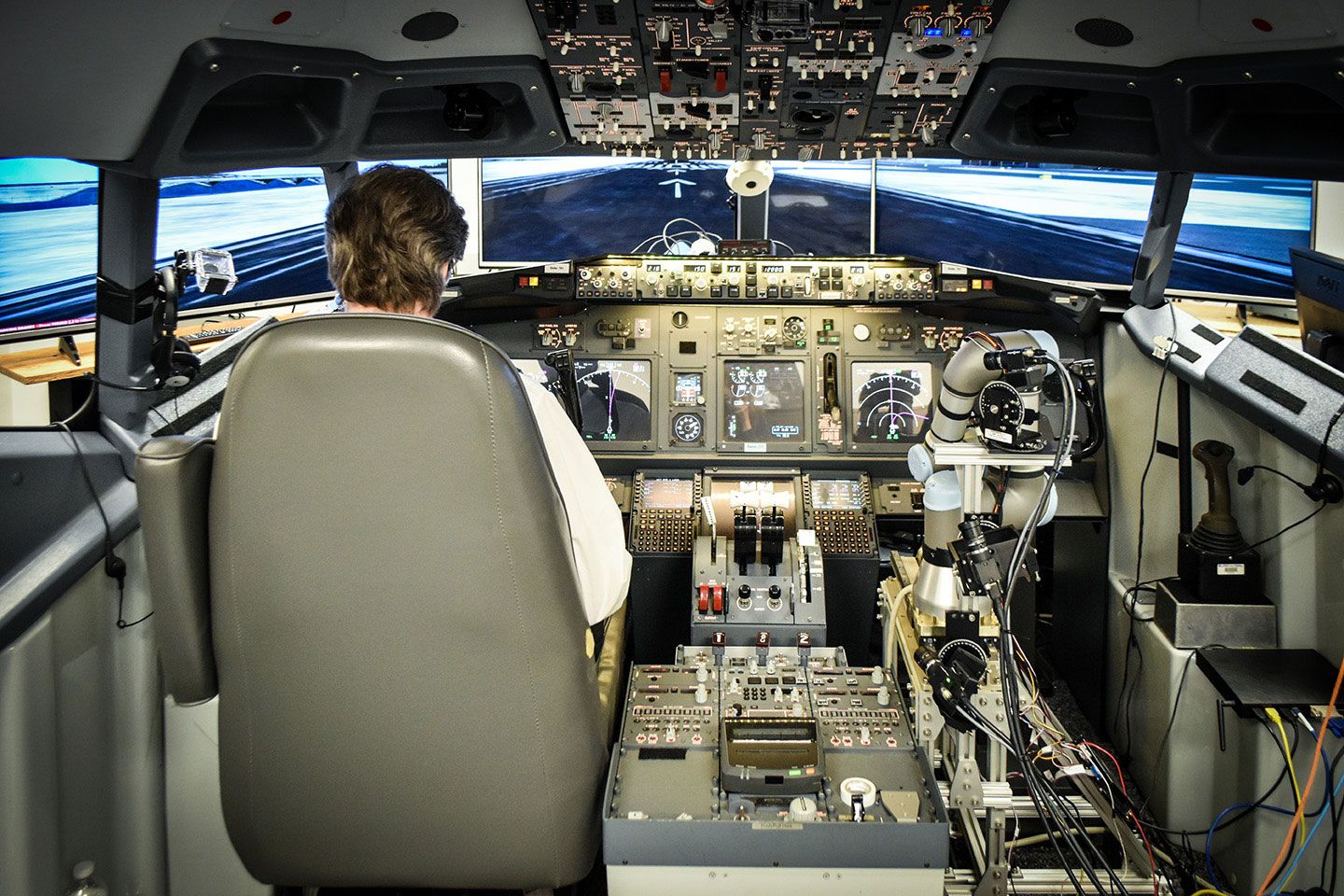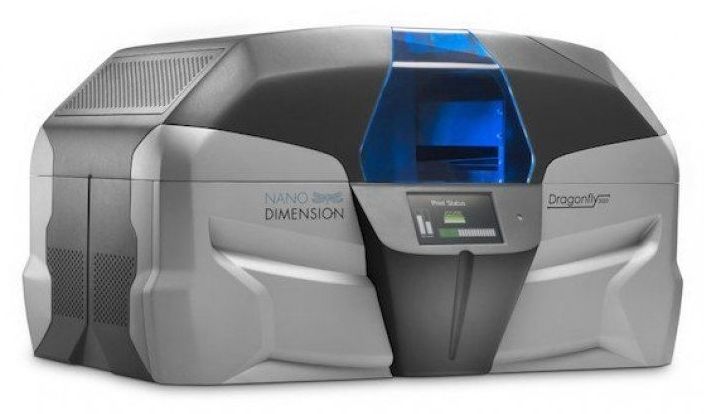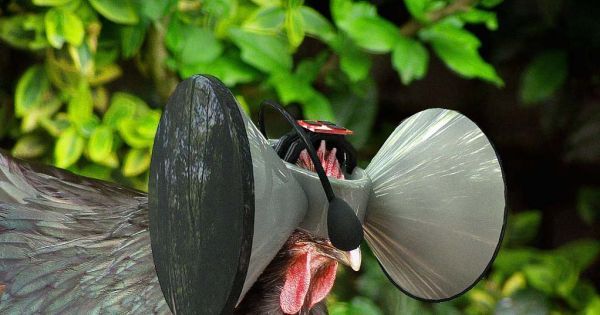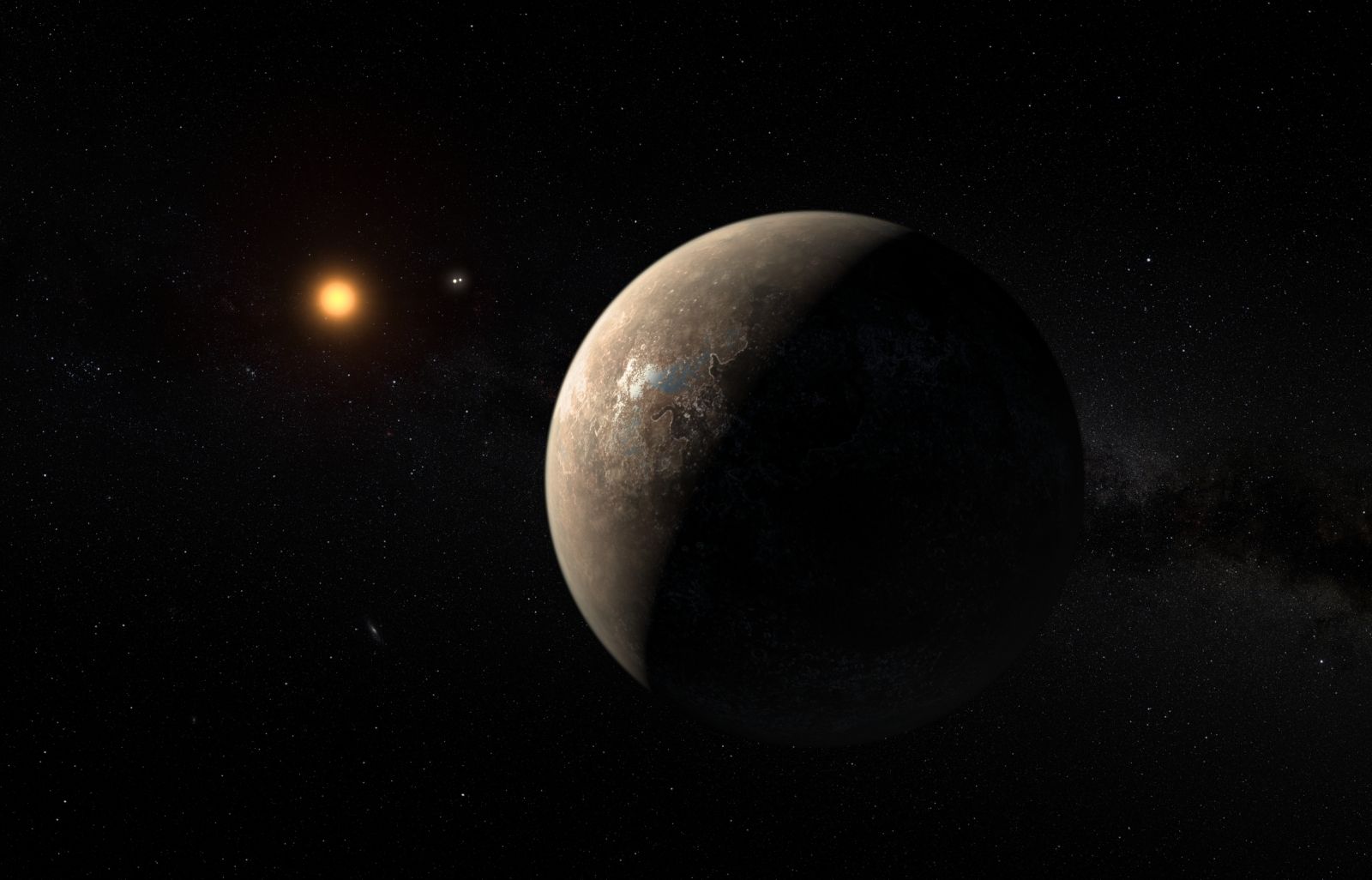Page 10680
May 16, 2017
3D Printed multilayer circuit boards using nanomaterial inks
Posted by Klaus Baldauf in categories: 3D printing, nanotechnology
Nano Dimension (NASDAQ, TASE: NNDM) is focused on the research and development of advanced 3D printed electronics, including a 3D printer for multilayer printed circuit boards, and the development of nanotechnology-based conductive and dielectric inks, which are complementary products for 3D printers.
Nextbigfuture interviewed Amit Dror, CEO and cofounder of Nano Dimension. Amit is a project leader with extensive experience in company and account management.
Nano Dimension’s novel and proprietary technologies enable the use of conductive and dielectric inks for ultra-rapid prototyping of complex, high-performance multilayer circuit boards. The company’s PCB 3D printer is the result of combining advanced breakthroughs in inkjet technology, 3D printing and nanotechnology.
Continue reading “3D Printed multilayer circuit boards using nanomaterial inks” »
May 16, 2017
Printing of electronics will get faster and be capable of making more complex products
Posted by Klaus Baldauf in categories: 3D printing, materials
Simon Fried, Nano Dimension CBO, describes the next five years of industrial 3D printing. It will be meeting more needs. In mechanical terms, that means 3D printing will use a broader range of materials or a higher quality of materials.
We also expect greater flexibility in combining materials – creating objects made of different types of metals, for instance, within the same print. Or printing metals and polymers, or metals and ceramics in one print job. With that capability, for instance, companies can begin deploying addition functionality within parts, such as electrical capabilities to mechanical objects. That’s the case with Nano Dimension, where polymers and metals are printed together with a very specific functional goal. Down the road, this capability will bring about stronger, smarter and more functional final products.
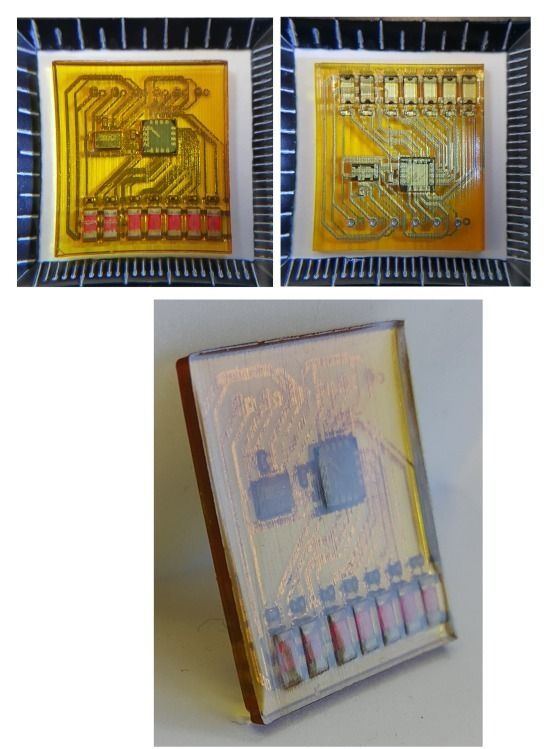
May 16, 2017
New Lockheed Martin Exoskeleton Helps Soldiers Carry Heavy Gear
Posted by Klaus Baldauf in categories: computing, cyborgs, transhumanism
TAMPA, Fla., May 16, 2017 /PRNewswire/ — Their demanding missions often require soldiers to carry heavy equipment packs long distances over rough terrain, or up and down stairs and underground infrastructure in urban environments. Exhaustion and injury are frequently a consequence of these challenging operational scenarios. A new exoskeleton from Lockheed Martin (NYSE: LMT) offers a solution.

Using licensed DermoskeletonTM bionic augmentation technology, the FORTIS Knee Stress Release Device (K-SRD)TM is a computer-controlled exoskeleton that counteracts overstress on the lower back and legs and increases mobility and load-carrying capability. It boosts leg capacity for physically demanding tasks that require repetitive or continuous kneeling or squatting, or lifting, dragging, carrying or climbing with heavy loads.
Continue reading “New Lockheed Martin Exoskeleton Helps Soldiers Carry Heavy Gear” »
May 16, 2017
Gigantic ‘alien megastructures’ built by an advanced civilisation could be orbiting dozens of nearby stars, boffin says
Posted by Dan Kummer in categories: alien life, biological
My theory, alien life will either be nearly impossible to find and we will spend centuries just looking for microbes. Or aliens will turn out to be so common that they could care less who we are and where we came from, and we will just be a new backwards species that turns up at the alien bar.
The world was electrified last year when it was suggested that scientists had spotted an “alien megastructure” orbiting a distant star.
Now a space boffin has suggested huge extraterrestrial constructions could be relatively easy to spot, so long as we look in the right place using the correct tools.
Global researchers, NGOs and meat industry leaders gather in Haifa to strategize mass production of cultured meat and learn about Israeli advances.
May 16, 2017
A VR Developer Created an Expansive Virtual World for Chickens
Posted by Shane Hinshaw in categories: food, robotics/AI, sustainability, virtual reality
- Second Livestock is a unique application of virtual reality (VR) that could change animal husbandry and livestock farming.
- Developed by design professor Austin Stewart, this VR free-range farm world is a safe haven for chickens.
Free-range livestock is going to the next level, thanks to a unique, if seemingly silly idea that has recently gone viral. Second Livestock is a free range world for chickens in virtual reality (VR). And yes, just like most of VR’s current applications, it actually works like a game — a massively-multiplayer one full of chickens and with no AI bots.
May 16, 2017
New 3D-printing method may allow for fast, low-cost, more-flexible medical implants for millions
Posted by Sean Brazell in categories: 3D printing, biotech/medical
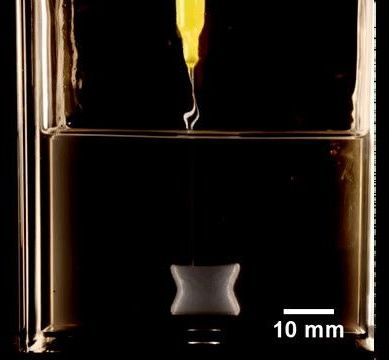
University of Florida (UF) researchers have developed a method for 3D printing soft-silicone medical implants that are stronger, quicker, less expensive, more flexible, and more comfortable than the implants currently available. That should be good news for the millions of people every year who need medical devices implanted.

May 16, 2017
Elon Musk Just Unveiled Breakthrough AI Research. Here’s What Your Need to Know
Posted by Shane Hinshaw in categories: Elon Musk, robotics/AI
Elon Musk co-founded artificial intelligence non-profit OpenAI just announced it has created an AI system that can learn to complete a task in reality after watching just one demonstration of that task in a simulated environment.
If imitation is the sincerest form of flattery, OpenAI’s newest robot system should leave humanity blushing. Not only can it successfully replicate human behaviors, it can do so after just a single demonstration of the task.
May 16, 2017
Proxima B: Our closest neighbouring exoplanet could host ‘alien life’ climate models suggest
Posted by Dan Kummer in categories: alien life, climatology, health
Exoplanet Proxima B, which was recently discovered orbiting our closest neighbouring star, may have the potential to support life, new climate simulations have revealed.
Ever since it was identified in August 2016, Proxima B, which stands 4.2 light years away from Earth and close to the Proxima Centauri star, has intrigued scientists. The tantalising prospect that the planet could be habitable has led many to undertake in-depth investigations.
Trending: Who is David Nabarro, the UK candidate to lead the World Health Organisation?
